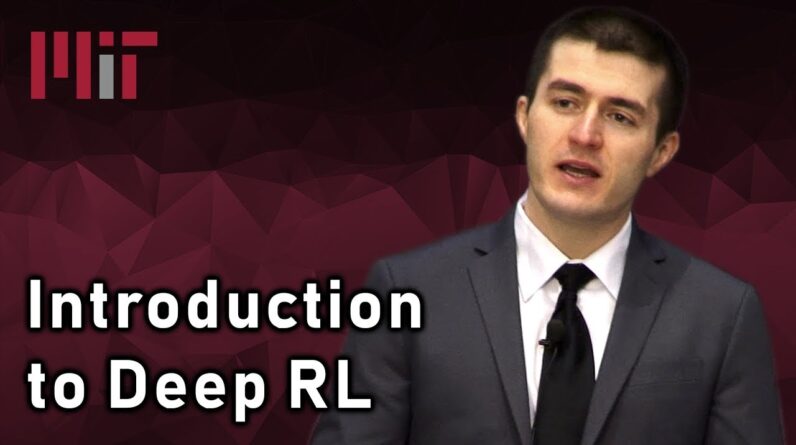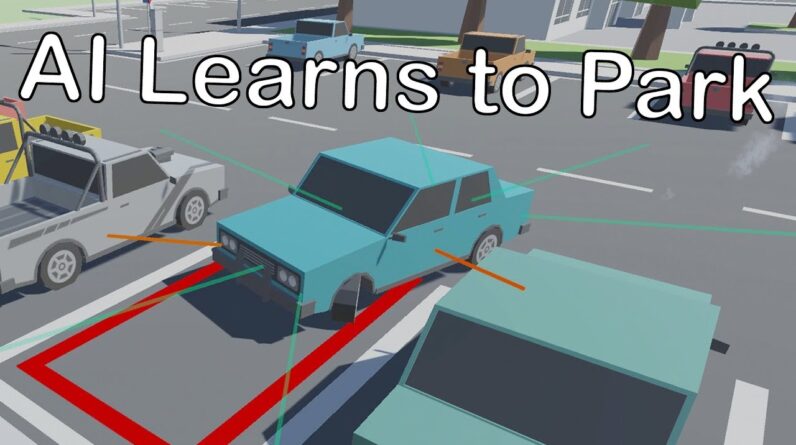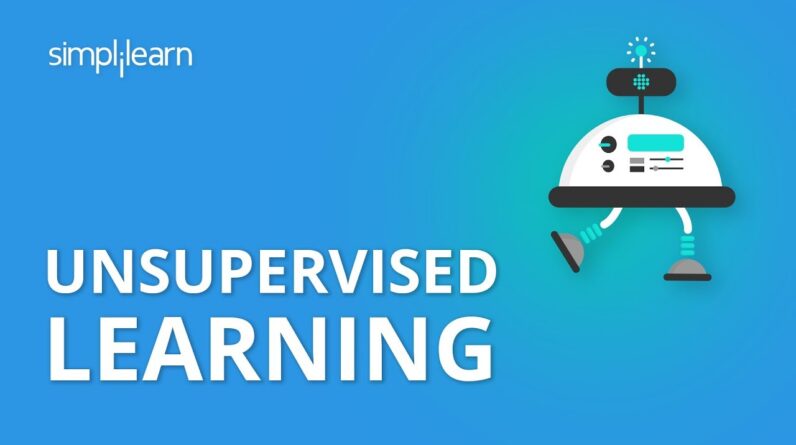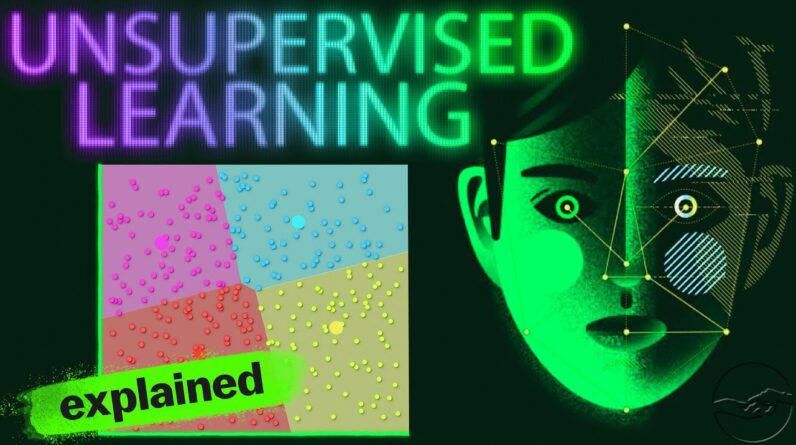Welcome to the ultimate guide for beginners who want to understand unsupervised machine learning. In recent years, machine learning has become a buzzword in the tech industry as more and more companies are adopting it to gain a competitive edge in their respective fields. Among the various types of machine learning, unsupervised learning is gaining particular attention due to its broad applicability and ability to discover hidden patterns in data. However, understanding the concept and its applications can be intimidating at first. But fear not, in this beginner’s guide, we’ll cover everything you need to know to grasp the fundamentals of unsupervised machine learning.
A Beginner’s Guide to Understanding Unsupervised Machine Learning
Introduction
The world of technology and data science is rapidly expanding with new algorithms and models being developed every day. One such model is Unsupervised Machine Learning which allows machines to learn patterns and structure in data without any prior guidance from humans. In this beginner’s guide, we will explore what unsupervised machine learning is, how it works, and its applications.
What is Unsupervised Machine Learning?
Unsupervised Machine Learning is the process of finding patterns and structure in data without any prior guidance or labeled inputs from humans. The objective of Unsupervised Machine Learning is to identify patterns and relationships in the data which can be further analyzed for insights, predictions, and classifications.
How does Unsupervised Machine Learning work?
Unsupervised Machine Learning algorithms use clustering and dimensionality reduction techniques to find patterns and structure in data. Clustering is the process of dividing data points into groups or clusters based on their similarities. Dimensionality reduction is the process of reducing the number of features or variables in the data while retaining the most important information.
Applications of Unsupervised Machine Learning
Unsupervised Machine Learning has several applications in different industries. Some of the use cases include:
- Market Segmentation: Clustering can be used to segment customers based on their purchasing behavior and preferences.
- Anomaly Detection: Unsupervised Machine Learning can be used to detect unusual activity or behavior in systems.
- Image and Text Recognition: Dimensionality reduction can be used to reduce the number of features in images and texts while retaining the important information.
- Recommendation Systems: Clustering and association rule mining can be used to recommend products or services to customers based on their preferences.
Evaluating and Adjusting the Unsupervised Machine Learning Model
Like other Machine Learning models, Unsupervised Machine Learning models need to be evaluated and adjusted for better performance. Some of the key evaluation metrics include:
- Silhouette Coefficient: Measures how well the data points are clustered together.
- Calinski-Harabasz Index: Measures the ratio of variance between the clusters and within the clusters.
- Davies-Bouldin Index: Measures the average similarity between each cluster and its most similar cluster.
These metrics can be used to evaluate the clustering algorithms and adjust their parameters for better performance.
Conclusion
Unsupervised Machine Learning is a valuable tool for finding patterns and structure in data without any prior guidance. With its applications in different industries, Unsupervised Machine Learning can provide insights, predictions and classifications based on the data analysis. Evaluating and adjusting the Unsupervised Machine Learning model is important for better performance and results.
FAQs
Q1. What is the difference between supervised and unsupervised Machine Learning?
A1. Supervised Machine Learning uses labeled data to train the model while Unsupervised Machine Learning uses unlabeled data.
Q2. How can Unsupervised Machine Learning be used in the healthcare industry?
A2. Unsupervised Machine Learning can be used for patient segmentation and to identify unusual patterns in medical data.
Q3. Which clustering algorithm is suitable for large datasets?
A3. K-Means and DBSCAN are suitable for large datasets.
Q4. Is Unsupervised Machine Learning only used for clustering?
A4. No, it can also be used for dimensionality reduction and association rule mining.
Q5. Do unsupervised Machine Learning models require human intervention?
A5. Unsupervised Machine Learning models do not require any human intervention once they are trained.






